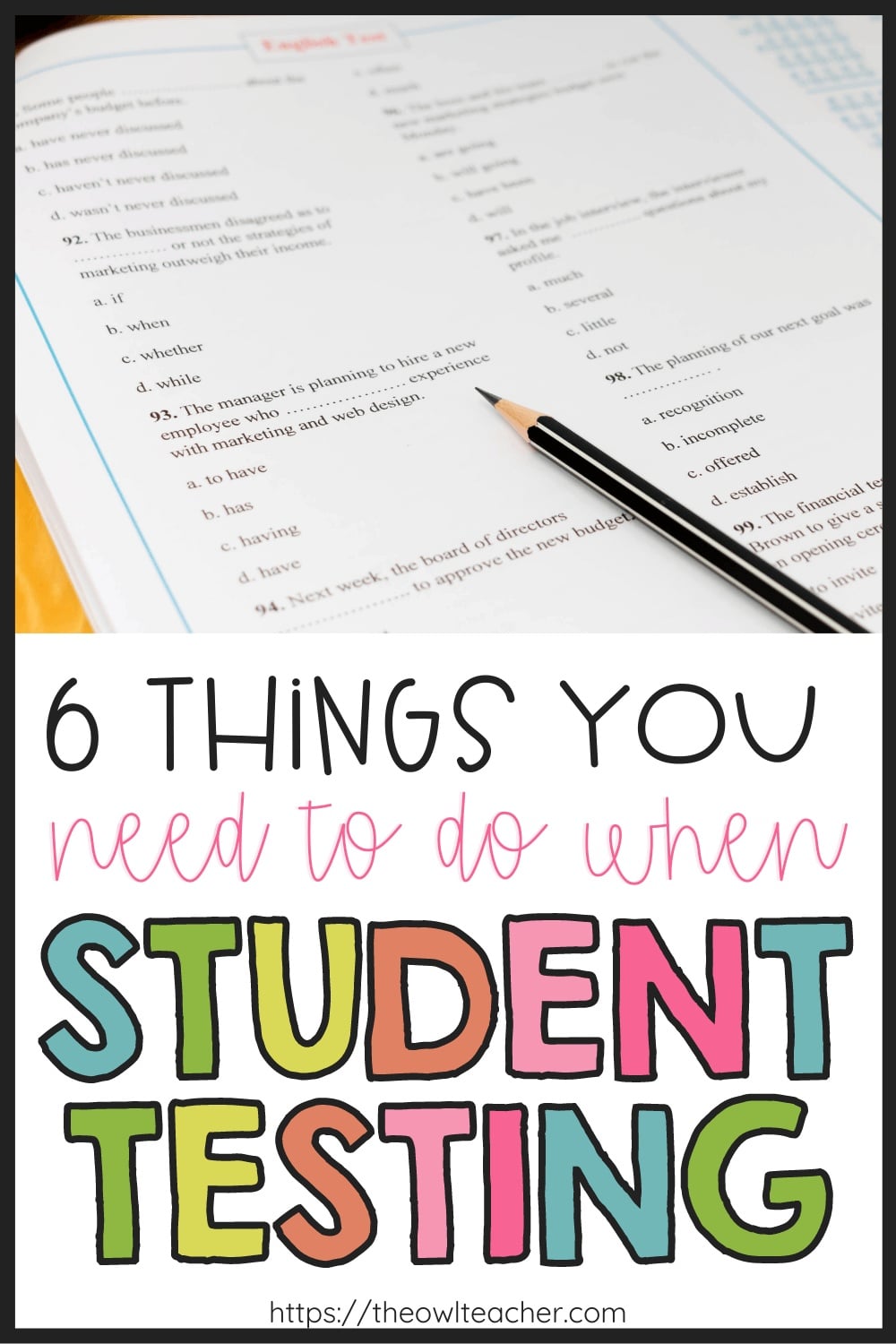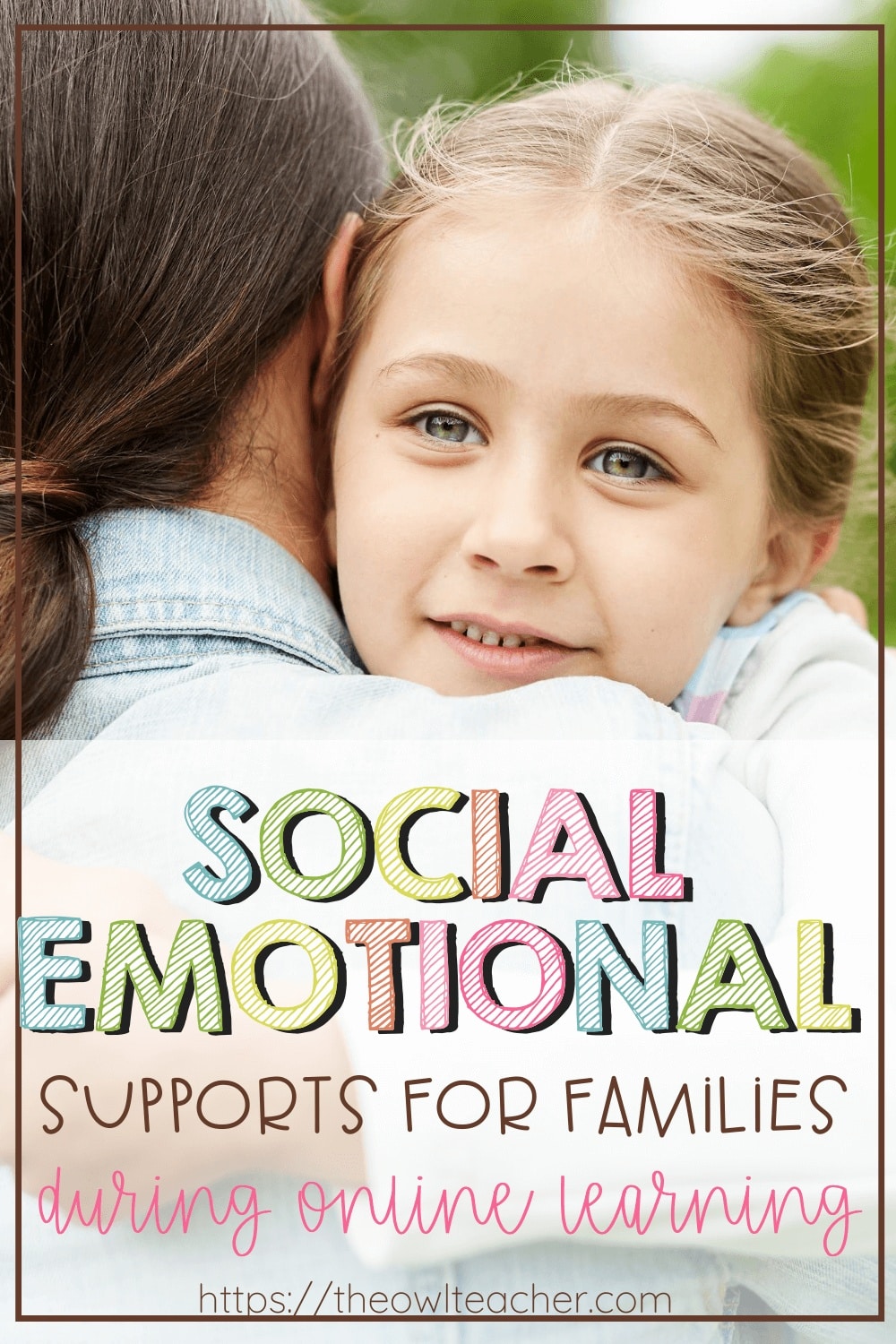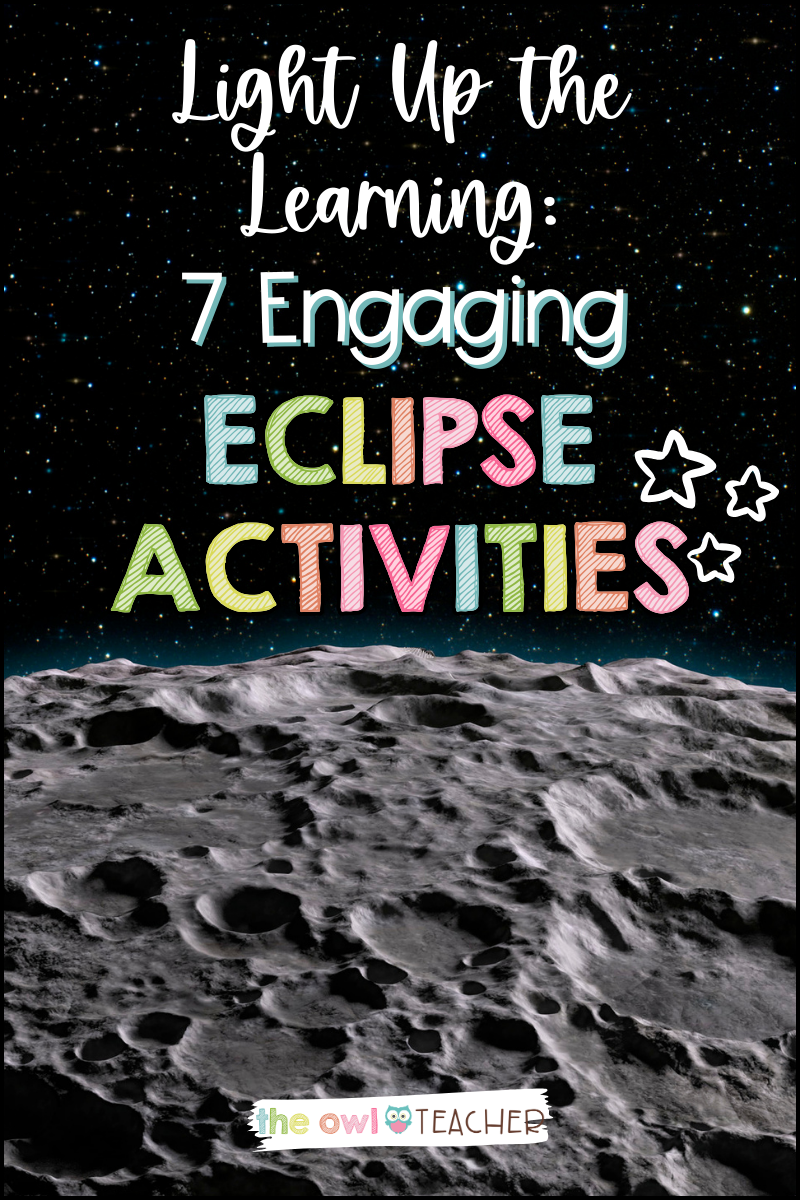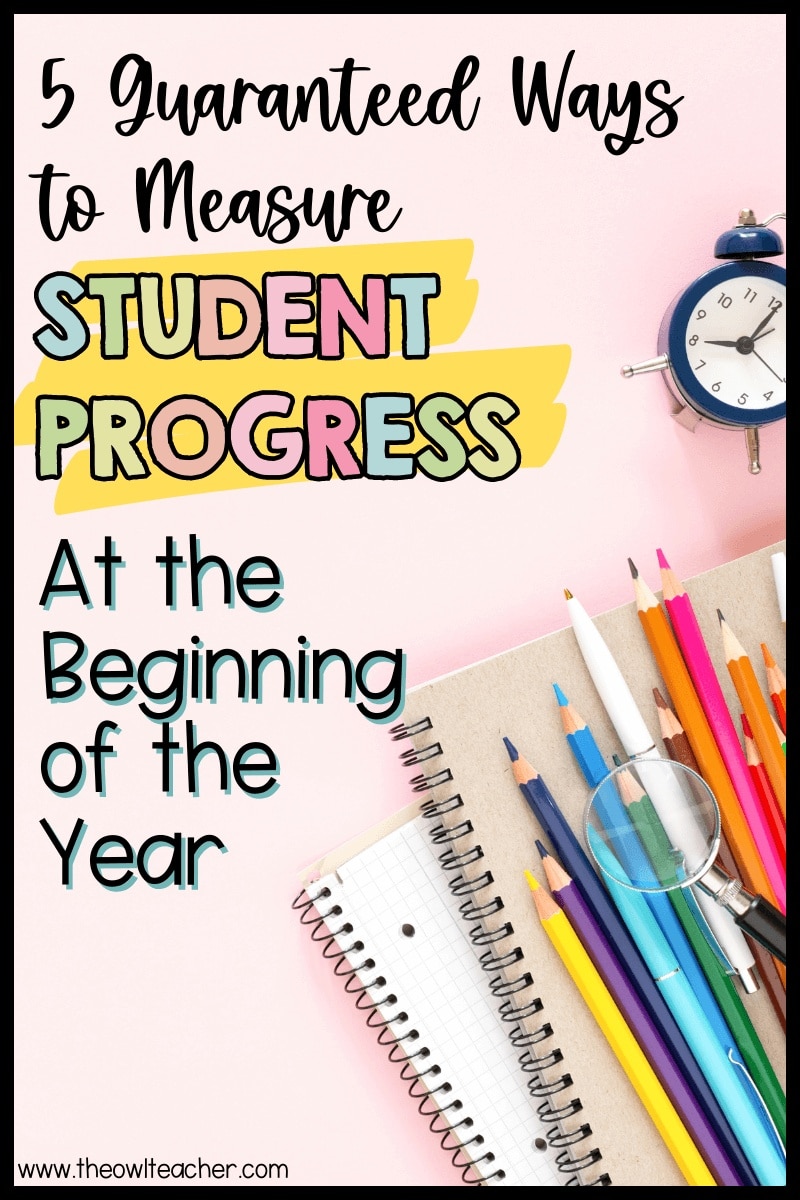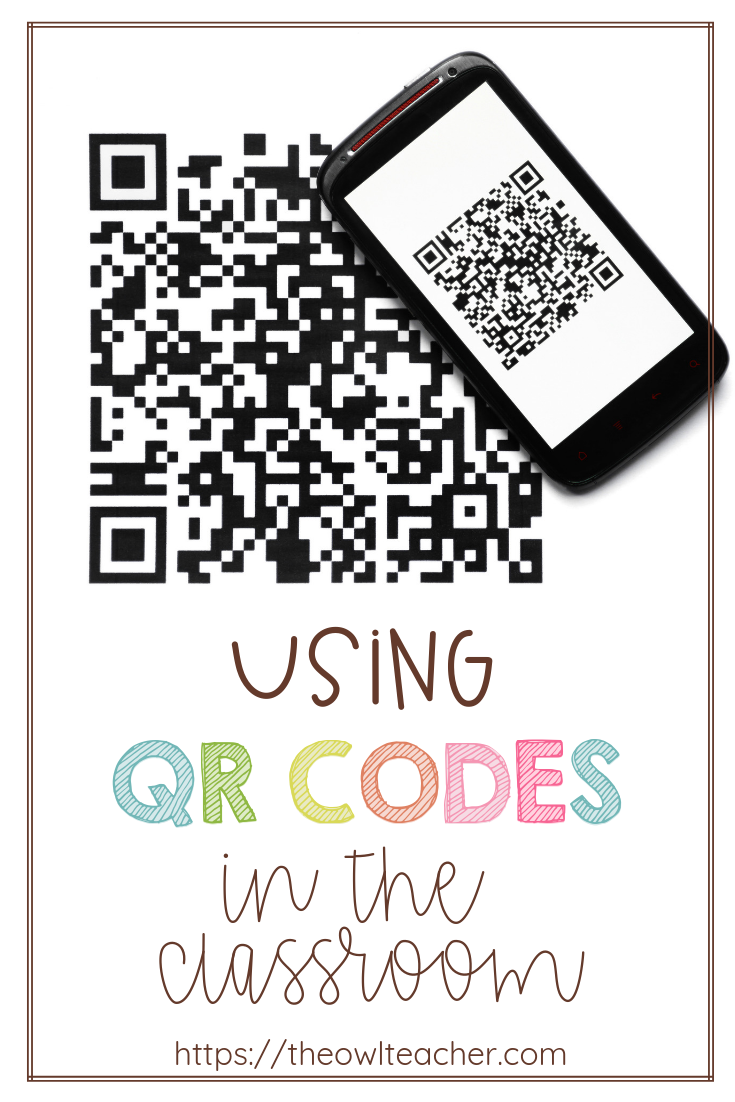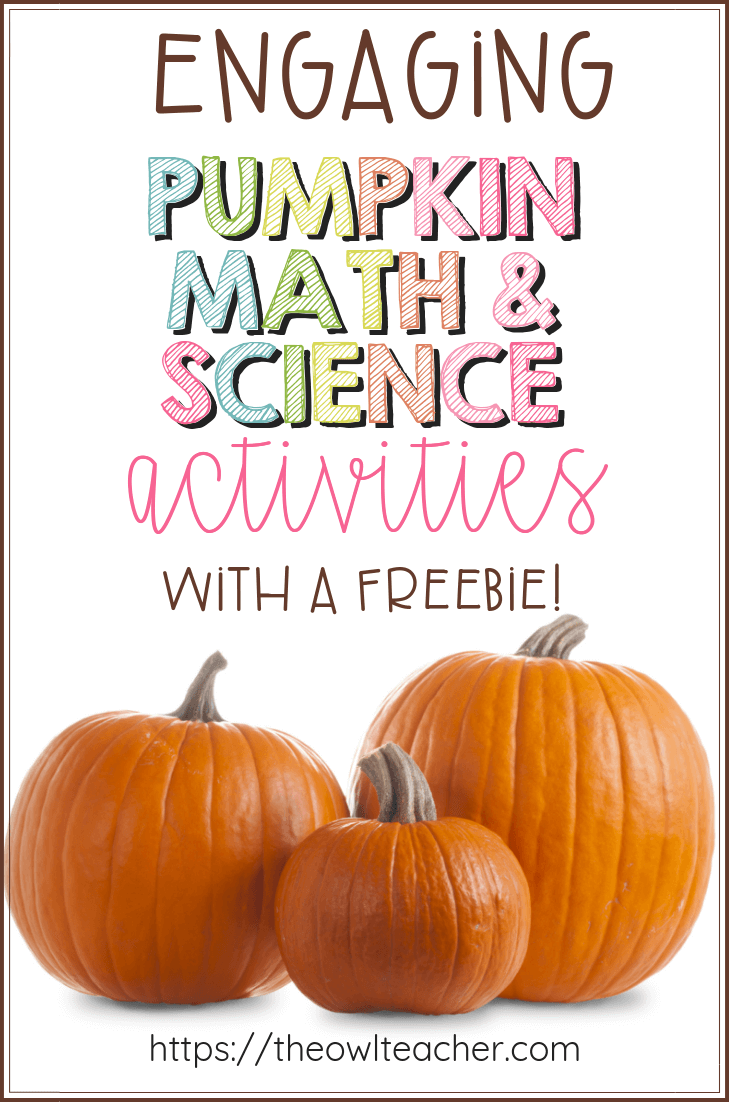Geometry is a topic that may be fascinating for higher elementary college students. However typically it may be difficult too. Some kids can’t wrap their heads across the varied polygons and their attributes. These polygon misconceptions can result in frustration and confusion. This publish is right here that can assist you navigate the maze of polygonal misunderstandings and offer you methods to assist your college students construct a robust basis in geometry. Let’s get began on the ‘airplane’ fact about polygon misconceptions and the methods we are able to use to repair them.

The Polygon Misconceptions
2D shapes and polygons are the constructing blocks of geometry and might be downright dizzying attempting to recollect all of the completely different vocabulary and attributes when you find yourself younger. It’s really easy for college students to get tripped up on whether or not a form is a rhombus or a kite or complicated congruence with similarity. Whereas I’m positive I received’t cowl all the polygon misconceptions college students have, I’m going to handle the widespread ones I’ve seen (in no explicit order) over my years of educating.
1.) Is a rectangle additionally a sq.? Is a sq. additionally a rectangle? Argh!
You probably have ever taught third-grade math, you realize all about this one. Yearly there are at the least one (dozen) college students who wrestle with this. And yearly that I taught this, I’d be tempted to skip it as a result of actually, who cares! However I’m positive there’s a motive apart from serving to college students discover ways to categorize and classify primarily based on the shapes’ attributes.
2.) Oh, that’s straightforward! That’s a rhombus!
Shapes, however most particularly quadrilaterals might be recognized flawed due to the way in which they’re oriented on a web page. Oftentimes, when college students are given worksheets or shapes are drawn on anchor charts, they’re drawn in the identical means that we’re most conversant in. Subsequently, when a sq. (for instance) is proven tipped on a nook, college students routinely assume it have to be a rhombus fairly than its sides and the angles to find out which form it truly is.
3.) It has the identical variety of sides so they’re positively congruent!
Kids wrestle with the distinction between comparable shapes and congruent shapes A LOT. Typically it’s the concept if the 2 shapes have the identical variety of sides, then they have to be congruent. One other subject is that typically college students take a look at shapes that look alike however are completely different sizes and assume they’re congruent as a result of it’s the “identical form.” Lastly, if the orientation of one of many shapes is completely different from the opposite, however precisely the identical dimension and form college students might imagine that one is a very completely different form.
4.) Wait, this 3D form is similar form as this 2D form? You’re kidding!
This was a wrestle I had once I was youthful myself. How may a dice presumably be a sq.? I imply, they appear utterly completely different. Then it was okay, okay. I see a number of squares put collectively to make a dice, however that doesn’t imply it’s a sq.. It actually took me some time to know that it was the identical form however with an additional dimension. So, take into account you will have a couple of little ones in your class pondering you’re nuts while you say it’s the identical form.
Options to Repair the Polygon Misconceptions
These concepts beneath apply to just about all of the polygon misconceptions above, however some could also be extra particular. I didn’t embrace the extra apparent ones similar to figuring out the background information of the scholar, the necessity to scaffold, the necessity to often re-evaluate what the scholar understands. As an alternative, I’m suggesting some intervention concepts to assist them break by means of misconceptions. Finally, offering ample alternatives to observe figuring out the completely different polygons and their attributes will assist solidify their understanding and proper their misunderstandings.
1.) Yep, you knew it. Let’s make it hands-on.
In fact, I used to be going to say making it hands-on. That’s like my motto, proper? Giving college students as many alternatives as you may discover the attributes of shapes in a tactile means will assist with polygon misconceptions far more than you suppose. As an alternative of all the time utilizing the identical manipulatives or instruments, contemplate mixing issues up a bit. Present a number of alternatives however with a special device or manipulative every time. As an example, college students can use geoboards, sample blocks, or tangrams. You probably have straws and twisty ties mendacity round, you might have college students create polygons. To do that, simply have college students insert one finish of a twisty tie into the top of a straw and the opposite finish of the twisty tie into one other straw so that you’ve got a “versatile” angle. Then do that once more with the opposite finish of the straw connecting all of the twisty ties and straws. The twisty ties kind the angles and the straws are the perimeters. This makes it straightforward for college students to maneuver the perimeters round to kind different polygons and to see the relationships.
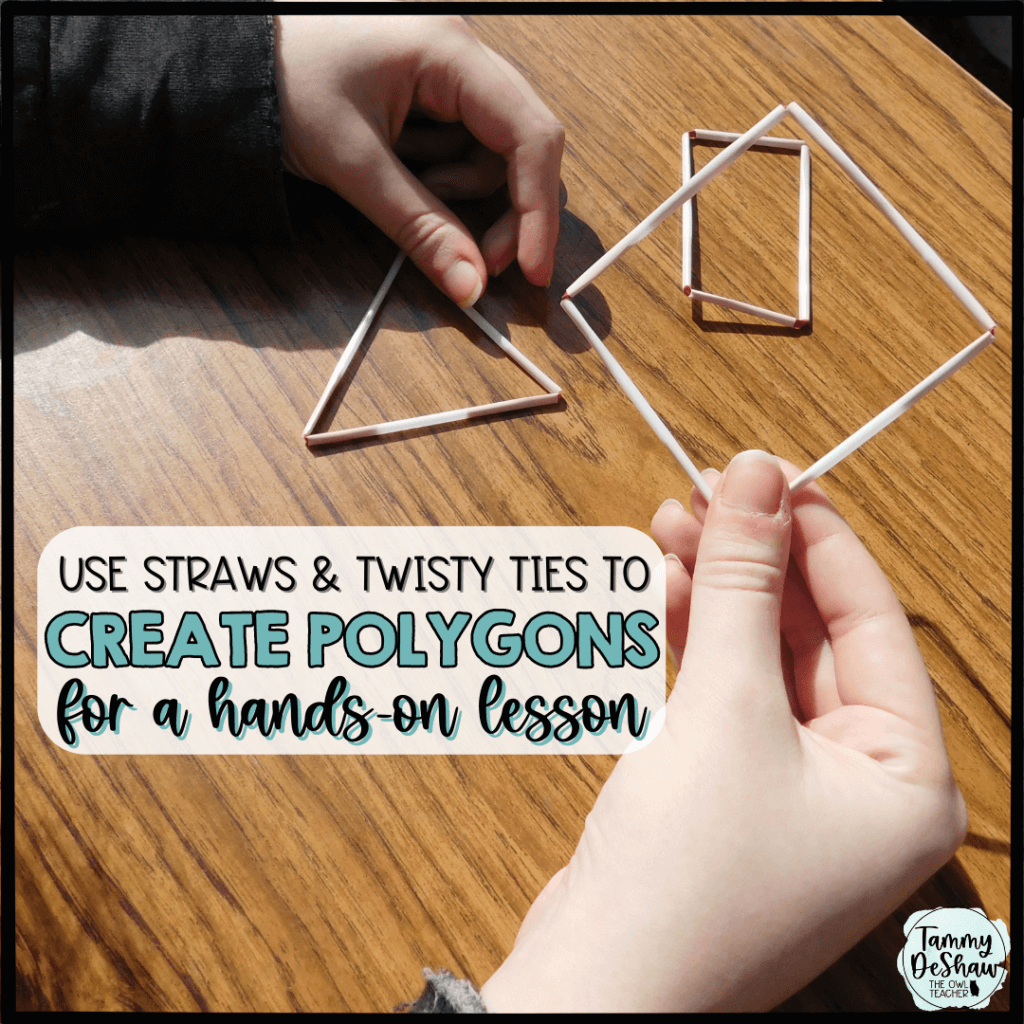
2. Since we’re discussing hands-on manipulatives, let’s throw visible aids within the combine.
Utilizing the straws and twisty ties above to create hands-on polygons which might be straightforward for college students to control is a good device, however typically you may’t all the time carry out manipulatives. When that is the case, attain for the visible aids. They’re the following neatest thing!
Creating photos, utilizing diagrams, utilizing graphic organizers, watching movies, and different real-life examples are useful for all college students, not simply visible learners. In reality, Mash Up Math creates a diagram for college students illustrating the connection between squares and rectangles utilizing a cookie analogy. That is positively an effective way to assist college students perceive how a sq. can be a rectangle however a rectangle isn’t a sq.. On this picture that I “borrowed” from that web site (click on right here to go to that weblog publish), you’ll see the way it helps college students perceive that every one squares are rectangles, however not all rectangles are squares similar to all Oreos are cookies, however not all cookies are Oreos. Visible aids might be highly effective.
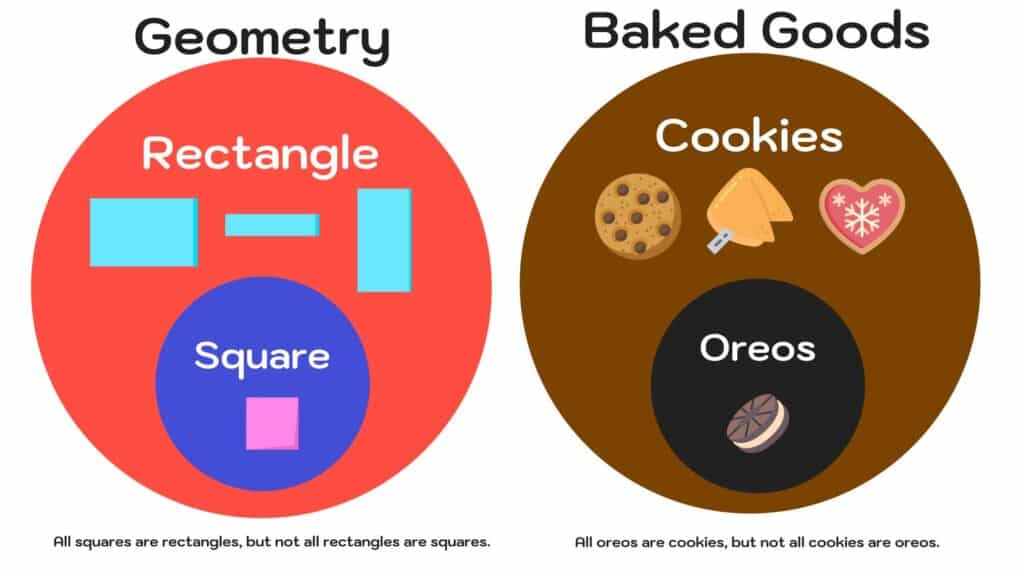 credit score: mashupmath.com
credit score: mashupmath.com
3.) Let’s face it, geometry might be vocabulary heavy!
It’s straightforward to breeze by means of geometry utilizing all of the completely different phrases with out even desirous about it. Nonetheless, to most youngsters in elementary college all of the vocabulary phrases might be very overwhelming. It’s virtually a international language to them. With that mentioned, we have to educate the vocabulary phrases throughout our polygon classes (or any geometry lesson) explicitly – as if all our college students are English Language Learners. Take into consideration the language you’re utilizing. As an example, do you know that we must be utilizing the time period sq. as an adjective fairly than a noun? A sq. is a phrase that describes a kind of rectangle, isn’t it? That may make it an adjective AND couldn’t we are saying this can be a sq. rectangle once we are discussing the well-known polygon (described as a noun) sq.? If academics often used the time period sq. as an adjective that describes a kind of rectangle (sq. rectangle) fairly than a noun, it might positively clear up some polygon misconceptions!

4.) Maintain on! Take into consideration your pondering while you suppose!
I like saying that. It’s an effective way to encourage metacognition in college students. If we are able to get college students to decelerate and actually replicate on what is occurring, what they’re pondering, what they’ve realized, and what they nonetheless must study, this may help them enhance their understanding. Typically instances what college students are pondering or saying doesn’t even make sense and as soon as we drive them to decelerate and take into consideration what they’re saying (or pondering) they discover it. Different instances there are college students who simply need you to do the work for them. We have to educate them to be downside solvers and actually give it some thought.
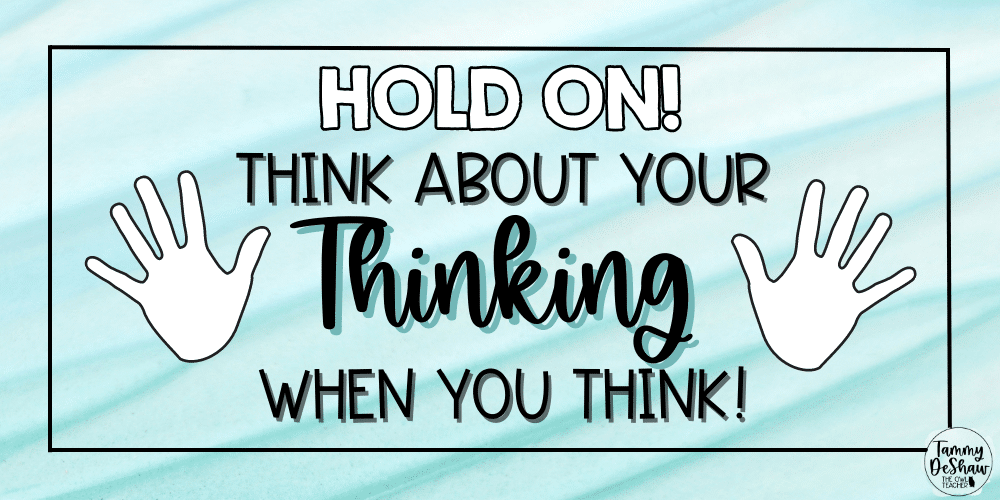
5.) Deliver on the tech.
There are many expertise instruments similar to interactive whiteboards, tablets, on-line math video games, and platforms similar to IXL which might be participating and may help college students visualize math ideas. Some even differentiate content material for college students in order that they will have a extra personalised expertise that may tackle their particular person false impression. These platforms (I’m not an affiliate) will also be useful for college students who want extention actions to problem them.
There are all the time going to be college students who misunderstand math ideas and there very effectively could possibly be some that aren’t listed right here. These listed are the widespread ones I’ve seen and are that can assist you know what to look at for. Whereas I’m positive there are many different methods and intervention concepts to assist college students which have polygon misconceptions, these ought to assist get you began to handle them.
Good luck getting these misconceptions untangled!




